Light pollution is a rising issue in cities worldwide. As urban areas grow, the misuse of outdoor lighting adds to this problem. This excessive artificial light affects our night sky view and impacts human health, wildlife, and the environment. Yet, using responsible lighting can mitigate these issues and improve nighttime surroundings.
Light pollution means too much or wrongly aimed artificial light filling the night sky. This hides stars and other sky objects. It mainly comes from outdoor lights that send light up or out, not just where needed. The effects of light pollution are widespread and significant.
Designs of the outdoor pole fixtures
We’ll look at outdoor pole fixtures. They range from the worst to the best designs for cutting down light pollution.
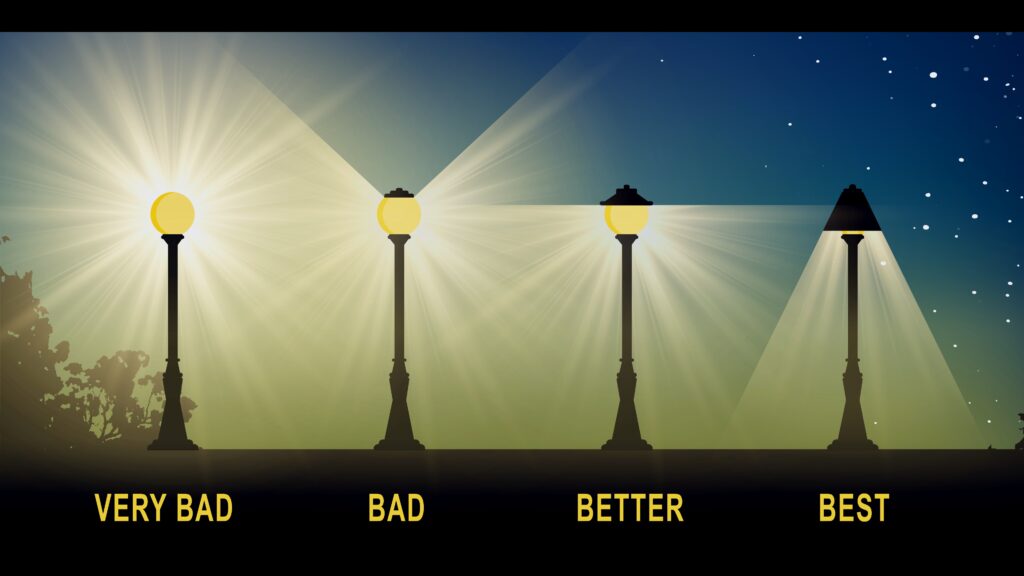
One of the primary concerns associated with light pollution is its impact on human health.
Too much artificial light at night can upset our circadian rhythm. This internal clock helps control sleep and important body functions. Such disruption may cause sleep problems like insomnia and raise the risk of diseases like obesity, diabetes, and heart issues. Also, too much outdoor lighting stops us from experiencing natural darkness. This is vital for our well-being and mental health.
Another significant consequence of light pollution is its effect on wildlife. Nocturnal animals and insects heavily rely on darkness for navigation, foraging, and reproduction. Artificial lighting disrupts their natural behaviors and can have detrimental effects on their populations. Migratory patterns of birds are often disturbed by bright city lights, leading to disorientation, collisions with buildings, and potential population decline. Similarly, nocturnal insects, such as moths and fireflies, are attracted to artificial lights, which can disrupt their mating rituals and ecological roles.
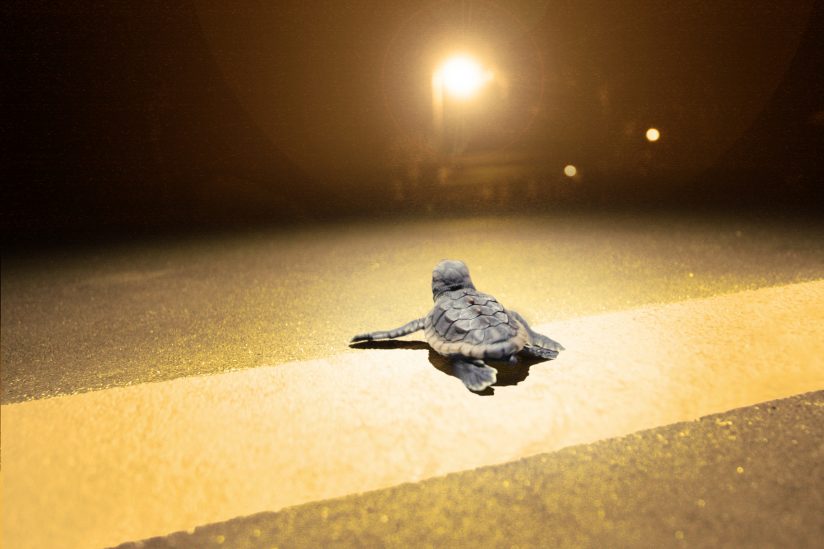
Furthermore, light pollution introduces significant environmental challenges. The excessive energy use linked to outdoor lighting leads to higher greenhouse gas emissions, worsening climate change. Additionally, the glare from misaligned lights disrupts astronomical studies and research, impeding our exploration of the universe and curbing scientific progress.
Photometric Plan for Reducing the Light Pollution
Before starting any outdoor lighting installation it is essential to have a good photometric plan that will calculate important parameters like URL – Upward Reflected Light, Glare, and Light Trespass.
Calculating light pollution
This involves a systematic process of measuring and analyzing the levels of artificial light in a given area. This plan plays a vital role in assessing the extent of light pollution and its potential impacts on various aspects of the environment and human well-being. Here’s a breakdown of the steps involved in creating a photometric plan for light pollution:
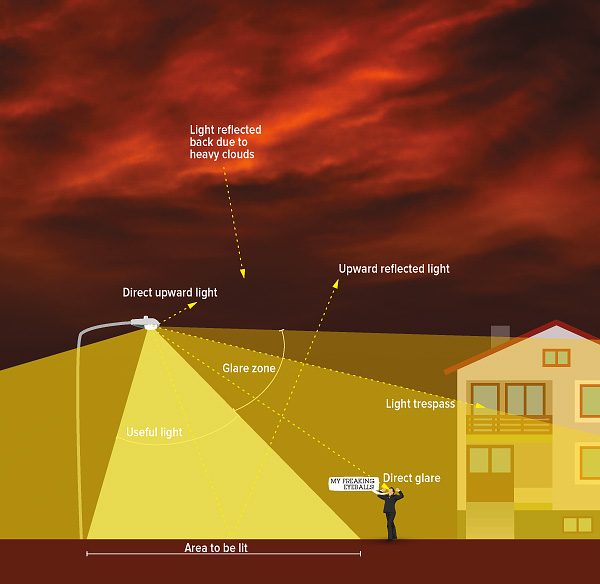
Step-by-step to master light pollution
- Select appropriate lighting software: Choose a lighting software that offers features for calculating light pollution and generating photometric plans. Some popular options include DIALux, Relux, AGi32, and Visual Lighting.
- Import or create the project: Start by importing the project area into the software. This could be a Google map, a CAD drawing, or a 3D model of the location. Alternatively, you can create a new project within the software and define the dimensions and properties of the area manually.
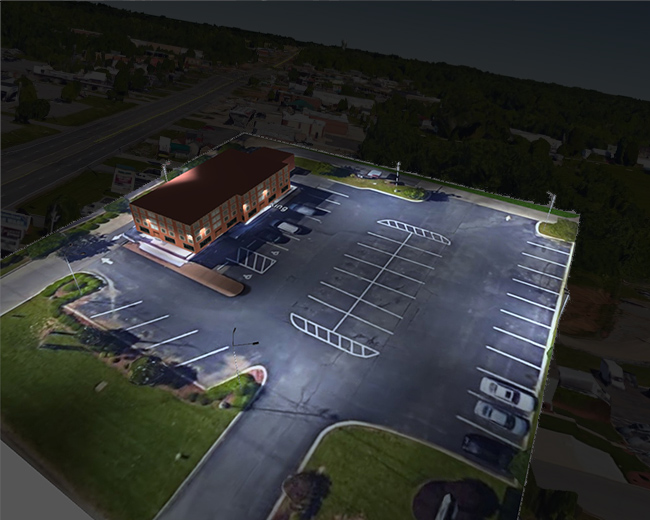
- Define light sources: Specify the type of light sources to be used in the project. This includes selecting the appropriate luminaire models, specifying their photometric data (luminous intensity distribution), and assigning them suitable lighting properties (intensity, color temperature, etc.).
- Perform lighting calculations: Utilize the lighting software to perform the necessary calculations. The software will simulate the distribution of light from the selected luminaires, taking into account factors such as reflection, refraction, and absorption. This process generates a photometric plan, which illustrates the light levels and distribution throughout the project area.
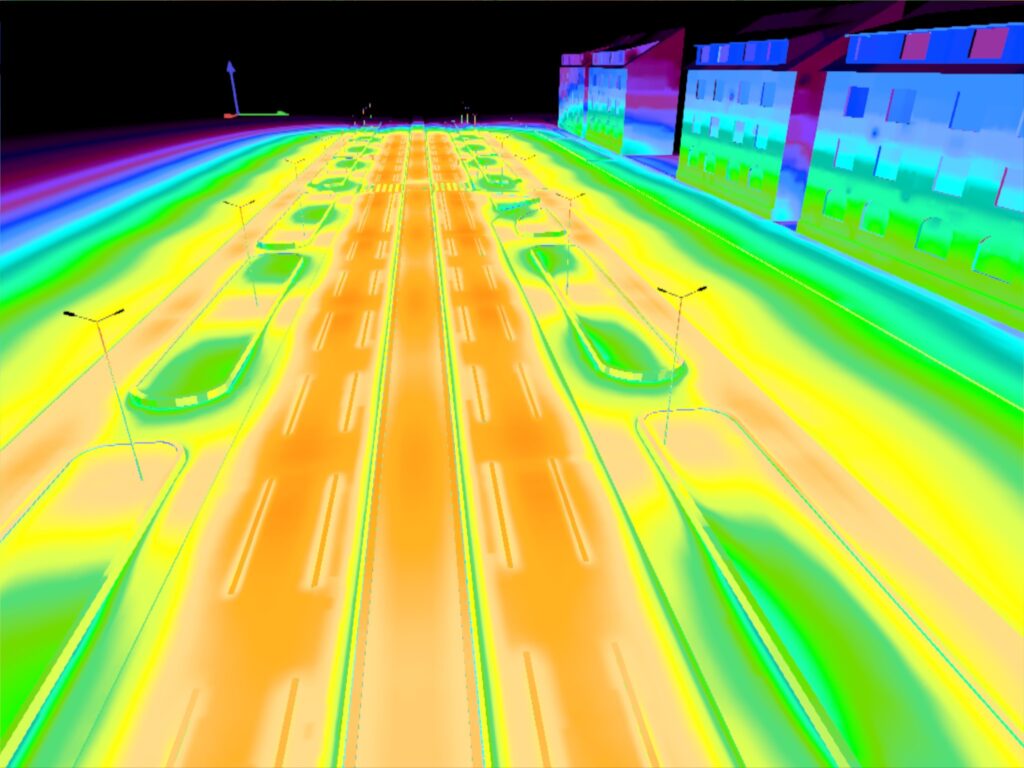
- Analyze light pollution: With the generated photometric plan, you can assess the extent of light pollution in the area. The software can provide metrics such as average illuminance levels, uniformity ratios, and lighting zones to evaluate compliance with lighting standards and regulations.
- Optimize lighting design: Based on the analysis of light pollution, you can make adjustments to the lighting design. This may involve repositioning luminaires, adjusting their intensity or angle, or incorporating light control measures such as shielding or dimming.
- Generate reports and visualizations: The lighting software allows you to generate reports and visualizations based on the calculated results. This includes photometric diagrams, 3D renderings, and lighting calculation summaries. These outputs can be useful for communicating the findings to stakeholders and decision-makers.
Choose the right software and master it
It’s important to note that the specific steps and features may vary depending on the lighting software chosen. Each software has its user interface and capabilities, so it’s advisable to refer to the software’s documentation or tutorials for detailed instructions on how to calculate light pollution and generate photometric plans using that particular tool.
By utilizing lighting software, you can efficiently calculate light pollution, analyze its impact, and develop optimized lighting plans that promote responsible and sustainable outdoor lighting practices.
At Stetra Lighting, we specialize in creating professional photometric plans that effectively address light pollution and minimize its impact on the environment. Our expert team is dedicated to developing lighting solutions that promote sustainability and responsible outdoor lighting practices. Our detailed method assesses your project’s lighting needs. We use sophisticated methods to figure out light spread, boost efficiency, and cut down on light pollution. Rely on Stetra Lighting for a custom photometric plan. It will fulfill your lighting requirements and focus on protecting the environment.


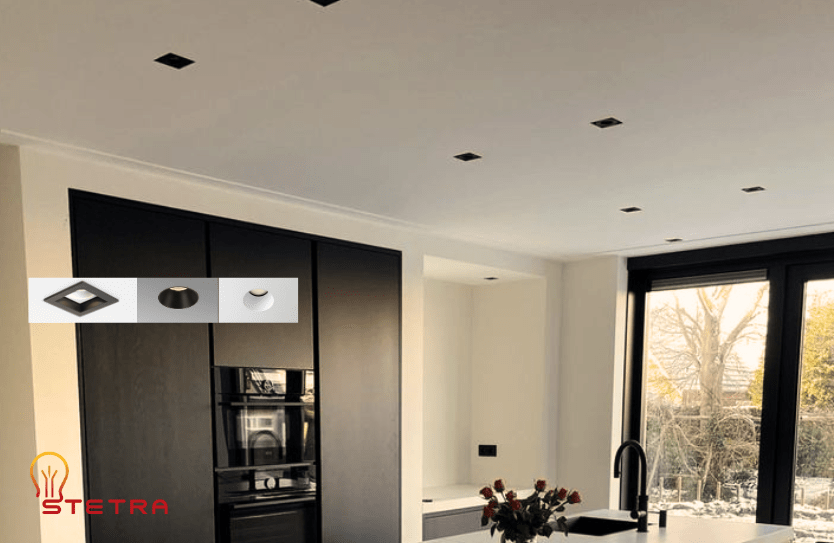
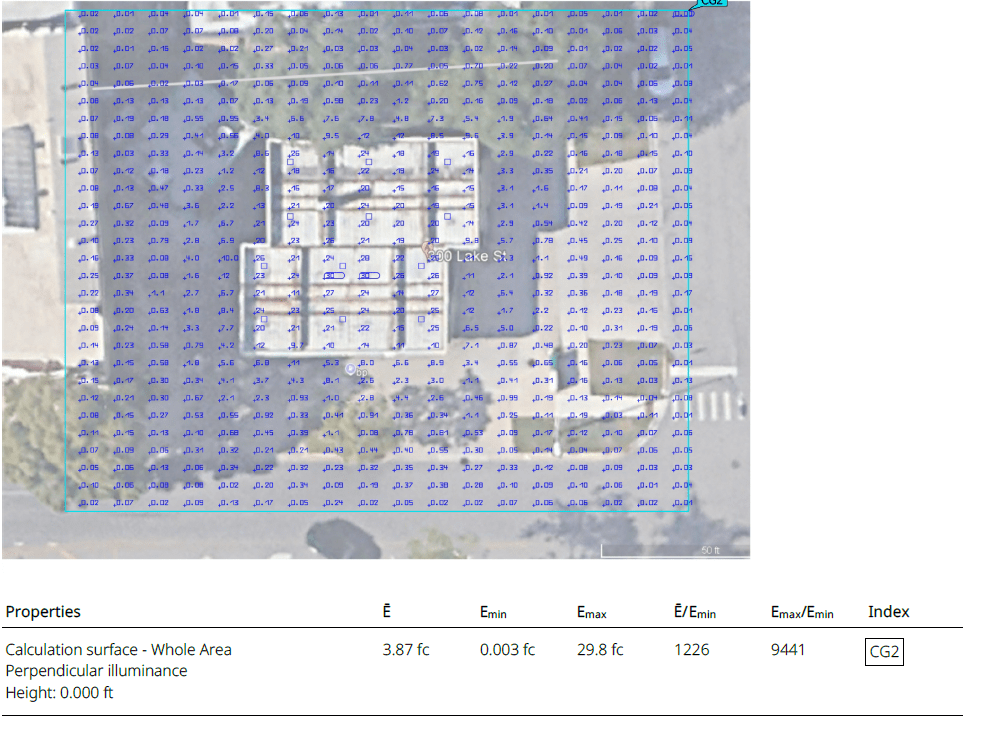
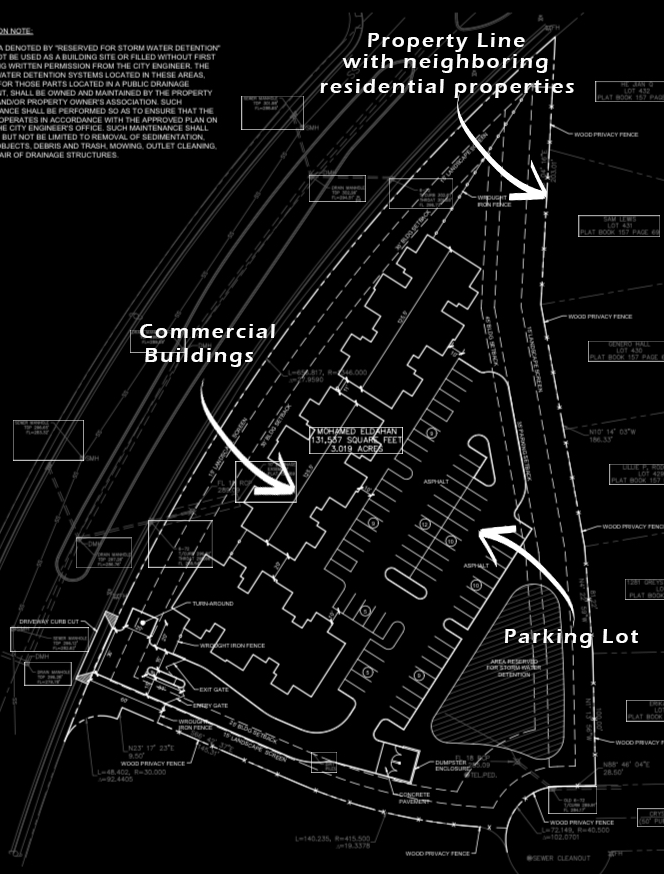
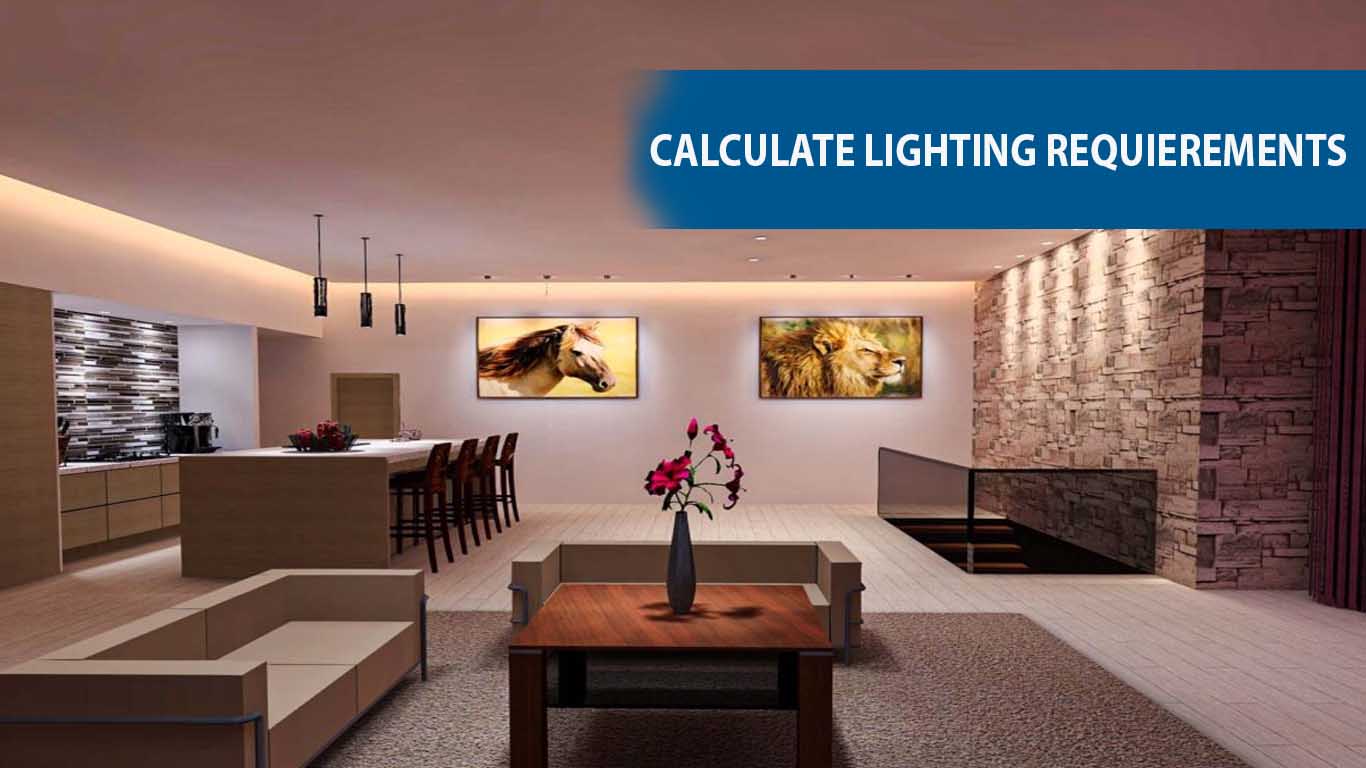
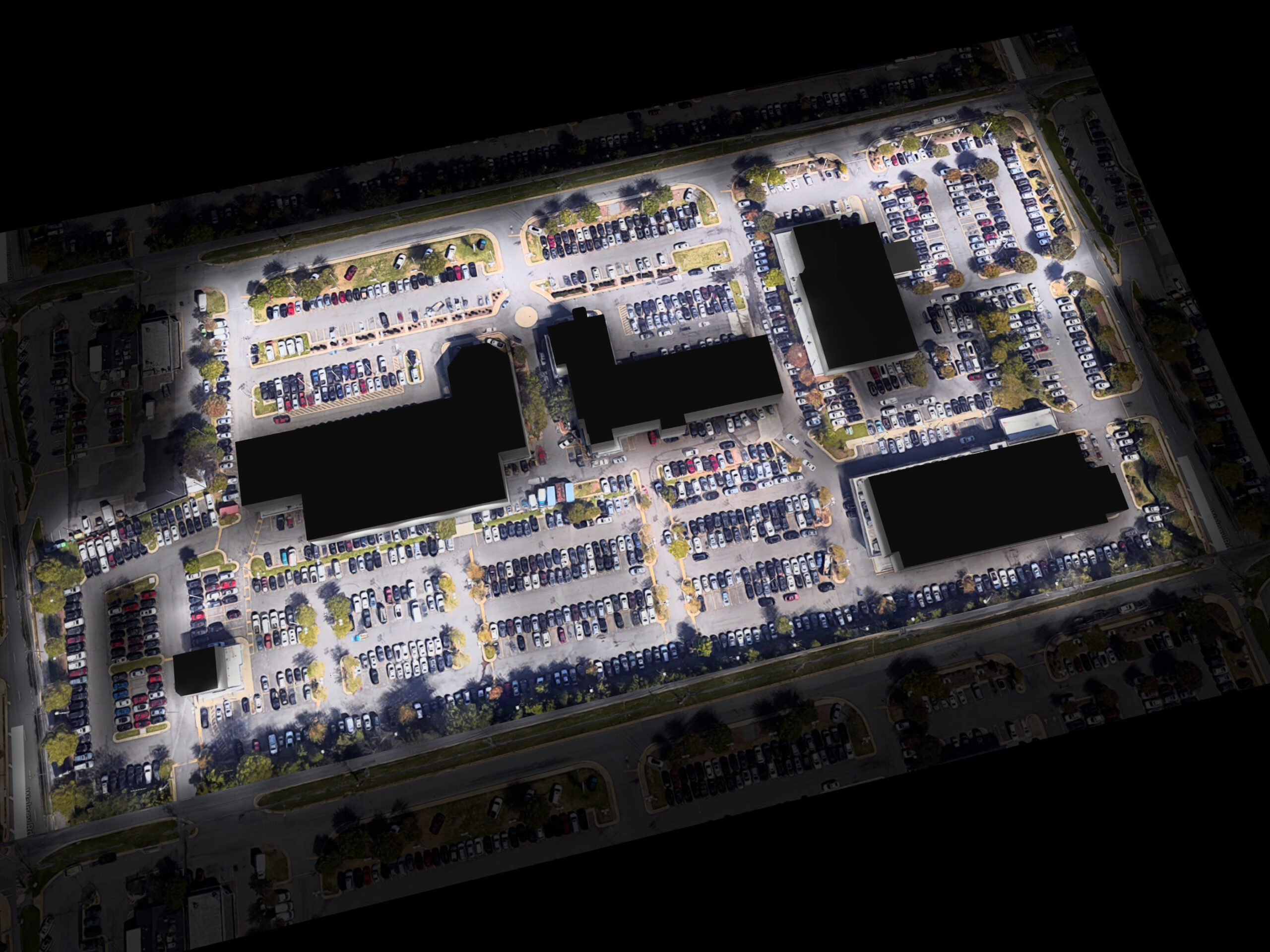
1 comment